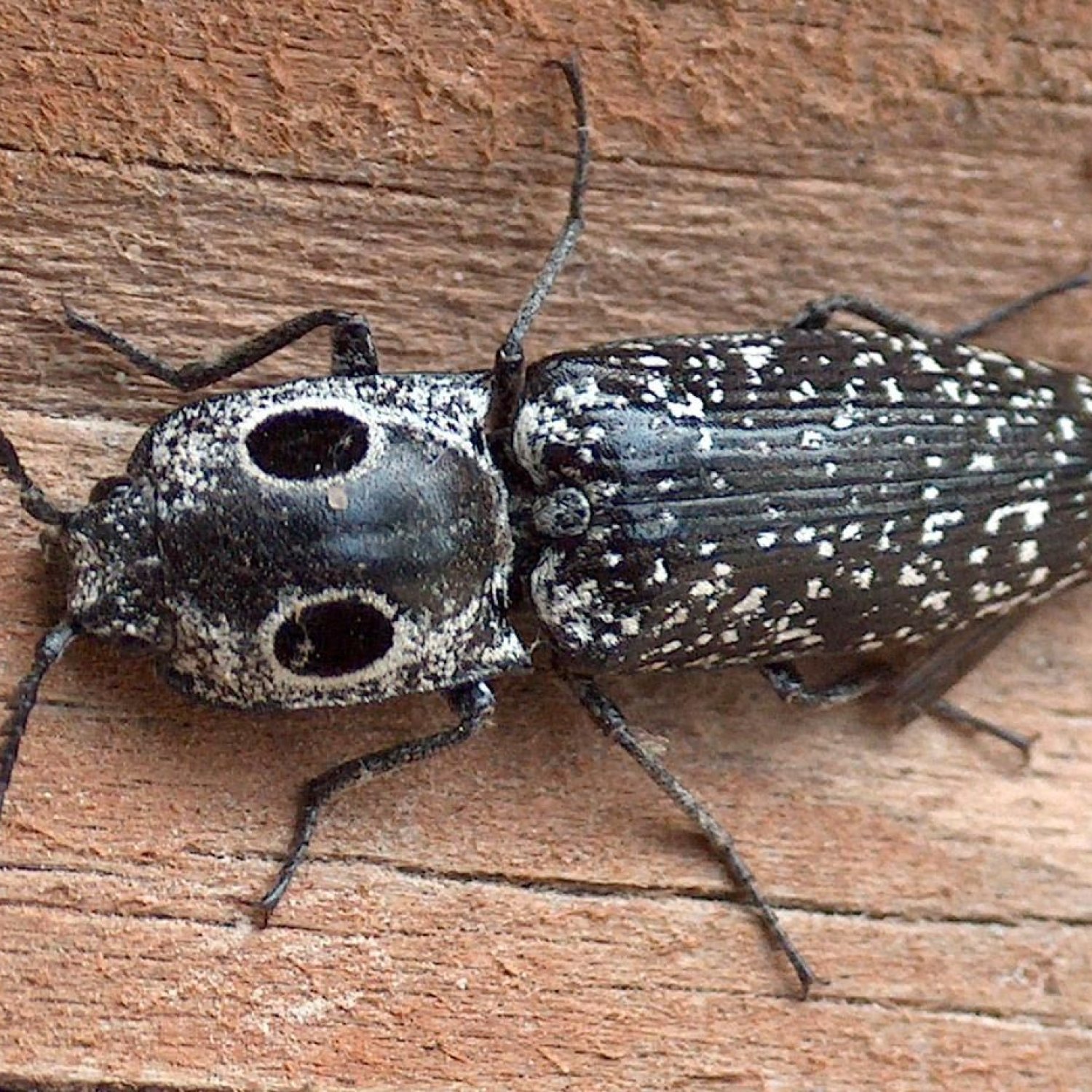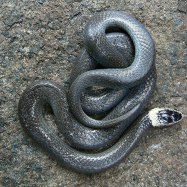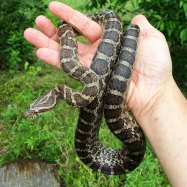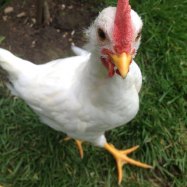
Common Furniture Beetle
2-7 millimeters
Did you know that the Common Furniture Beetle, also known as the Woodworm, is a common pest found in indoor furniture? These tiny insects, ranging from 2 to 7 millimeters in length, belong to the Anobiidae family and have an elongated and cylindrical body shape. Keep your furniture safe by regularly checking for signs of infestation and taking preventative measures. #Woodworm #PestControl #FurnitureBeetle
Animal Details Summary:
Common Name: Common Furniture Beetle
Kingdom: Animalia
Habitat: Wooden structures, furniture, and objects
The Intriguing Life of the Common Furniture Beetle
When you think of beetles, you might picture a vibrant, multi-colored insect crawling on the ground. However, there is a beetle that resides in the comfort of our homes, and it may surprise you with its fascinating life cycle and impact on our wooden structures. This beetle is known as the Common Furniture Beetle, scientifically named Anobium punctatum. From its habitat to feeding methods, let's explore the intriguing details of these creatures Common Furniture Beetle.The Basics
Before diving into the unique aspects of the Common Furniture Beetle, let's go over some of the basic details. These beetles belong to the Animalia kingdom and the Phylum Arthropoda. They are part of the class Insecta and the order Coleoptera, making them part of the largest insect order in the world. The Common Furniture Beetle is a member of the family Anobiidae, which includes over 700 different species.Habitat and Distribution
These beetles have a wide habitat range, as they are found worldwide in various environments. However, they prefer wooden structures and objects, making them a common pest in homes and buildings. From old furniture to wooden beams, these beetles can infest any wooden structure.Their wide distribution can be attributed to human activity, as these beetles often travel through infested furniture and objects, spreading from country to country. The country of origin for these insects is still unknown, but they are believed to have been present since ancient times Chinese Geese.
Feeding Behavior
The Common Furniture Beetle has an interesting feeding method that differs between its larval and adult stages. The larvae feed on wood, which is why they are considered pests. They can cause significant damage to wooden structures and furniture, as they burrow through the wood, leaving behind small holes and tunnels.On the other hand, the adult beetles feed on nectar and pollen, making them beneficial for plant pollination. However, their feeding method can also contribute to the spread of diseases, as they can transfer pathogens from contaminated plants to healthy ones.
Appearance
These beetles have a distinct dark brown to black coloration that blends in well with their wooden habitat. Their body shape is elongated and cylindrical, with a small head and enlarged thorax and abdomen. They have six legs and two antennae that aid in their sense of touch and smell.The size of these beetles can vary, with adults ranging from 2 to 4 millimeters, while larvae can reach up to 7 millimeters in length. They also have a hard exoskeleton, which protects them from predators and allows them to burrow through wood easily.
The Life Cycle of the Common Furniture Beetle
The life cycle of the Common Furniture Beetle is divided into four stages – the egg, larva, pupa, and adult. The duration of this cycle can vary depending on environmental conditions such as temperature and humidity.The adult female lays her eggs in crevices and cracks in wood, often in clusters of up to 50 eggs. The eggs are tiny, measuring less than 1 millimeter in length, and are usually laid on the surface of the wood.
After a few weeks, the eggs hatch, and the larvae emerge. These larvae are creamy white in color and have a slender, legless body. They immediately start feeding on the wood, creating tunnels as they burrow their way through.
After a few months to several years, depending on the environmental conditions, the larvae will reach their final stage and transform into pupae. These pupae are inactive and do not feed, as they are undergoing metamorphosis into the adult beetle.
Finally, the adult beetle emerges, leaving behind a small, circular exit hole on the surface of the wood. They have fully developed wings and can fly away to mate and lay eggs, starting the cycle all over again.
Challenges and Control Measures
Despite their relatively small size, the Common Furniture Beetle can cause significant damage to wooden structures and furniture. The tunnels created by the larvae can weaken the wood and even lead to structural failure if not addressed.Preventing infestations by these beetles requires proper maintenance of wooden structures and objects. Regularly checking for signs of infestation, such as small holes and sawdust-like frass, can help catch the problem early on. Removing and destroying infested wood can also help eliminate the current population of beetles.
If an infestation is already present, professional pest control measures may be necessary. These methods can range from applying insecticides to fumigating an entire structure. Prevention and early intervention are essential in controlling the spread of these beetles and minimizing damage to wooden structures.
The Common Furniture Beetle and NLP
The study of the Common Furniture Beetle is not limited to its biology and impact on the environment. In recent years, these beetles have become a subject of interest in the field of Natural Language Processing (NLP).Researchers have found that these beetles produce vibrations and tapping noises when they are communicating with each other. These unique sounds are not audible to human ears but can be detected and analyzed using NLP techniques. By studying these sounds, researchers hope to gain a better understanding of the communication methods of these beetles and potentially use this information for pest control purposes.
The Ultimate Woodworker
Despite their reputation as pests, the Common Furniture Beetle is a fascinating creature that plays a vital role in the ecosystem. From their ability to digest and break down wood to their contribution to plant pollination, these beetles have a significant impact on their surroundings.Next time you come across a piece of wooden furniture or structure, take a closer look – you never know, there may be a colony of Common Furniture Beetles hard at work, shaping and transforming the wood.

Common Furniture Beetle
Animal Details Common Furniture Beetle - Scientific Name: Anobium punctatum
- Category: Animals C
- Scientific Name: Anobium punctatum
- Common Name: Common Furniture Beetle
- Kingdom: Animalia
- Phylum: Arthropoda
- Class: Insecta
- Order: Coleoptera
- Family: Anobiidae
- Habitat: Wooden structures, furniture, and objects
- Feeding Method: Larvae feed on wood, adults feed on nectar and pollen
- Geographical Distribution: Worldwide
- Country of Origin: Unknown
- Location: Indoors
- Animal Coloration: Dark brown to black
- Body Shape: Elongated and cylindrical
- Length: 2-7 millimeters

Common Furniture Beetle
- Adult Size: Small
- Average Lifespan: 2-7 years
- Reproduction: Sexual
- Reproductive Behavior: Mating occurs on or near infested wood
- Sound or Call: Does not produce sound
- Migration Pattern: Non-migratory
- Social Groups: Solitary
- Behavior: Active at night, not aggressive
- Threats: Damages wooden structures and furniture
- Conservation Status: Not evaluated
- Impact on Ecosystem: Helps in decomposition of dead wood
- Human Use: Considered a pest
- Distinctive Features: Long antennae, cylindrical body shape
- Interesting Facts: Can cause extensive damage to wooden structures
- Predator: Various insects and spiders

Anobium punctatum
The Common Furniture Beetle: A Pest That Causes Significant Damage
When we think of pests, we often think of rodents, bugs, and insects that invade our homes and cause chaos. However, there is one particular pest that often goes unnoticed and can cause significant damage to our furniture and wooden structures - the Common Furniture Beetle.The Common Furniture Beetle, also known as Anobium punctatum, is a small beetle that belongs to the family Anobiidae. It is found in almost every part of the world and is considered a significant pest in the furniture industry PeaceOfAnimals.Com. In this article, we will delve into the unique features of this beetle and how it impacts our ecosystem and society.
Size and Lifespan
The Common Furniture Beetle is relatively small, ranging from 2 to 7 millimeters in length. Its cylindrical body shape distinguishes it from other beetles, and it has long antennae that can be as long as its body. Despite its small size, this beetle can cause extensive damage due to its feeding habits.
On average, the Common Furniture Beetle has a lifespan of 2 to 7 years, and its entire life cycle is spent in wooden structures or furniture. This long lifespan allows them to cause significant damage and reproduce, leading to more infestations.
Reproductive Behavior
The Common Furniture Beetle reproduces sexually, with mating occurring on or near infested wood. The female beetle typically lays her eggs in cracks and crevices in wooden structures or furniture, and the eggs hatch within two to three weeks. The larvae then burrow into the wood, where they spend the next two to three years feeding and growing Cockatoo.
What makes this beetle particularly destructive is its ability to lay a large number of eggs. A single female can lay up to fifty eggs at a time, leading to multiple infestations throughout a structure or furniture.
Sound and Migration Pattern
The Common Furniture Beetle is non-migratory and tends to stay in the same infested area for its entire life span. It does not produce any sound or call, making it difficult to detect. This also means that once an infestation occurs, it can be challenging to get rid of them entirely.
Social Groups and Behavior
The Common Furniture Beetle is a solitary insect and does not form social groups. It is active at night, making it challenging to spot during the day. It is also not an aggressive beetle and will not harm humans, but its feeding habits can cause significant damage to wooden structures and furniture.
Threats and Conservation Status
As mentioned earlier, the Common Furniture Beetle is a significant threat in the furniture industry. Its larvae feed on the wood, creating a network of tunnels and weakening the structure. They also feed on antique and expensive furniture, causing irreparable damage.
Despite its destructive nature, this beetle has not been evaluated in terms of conservation status. However, efforts are being made to control their population and protect vulnerable wooden structures and furniture.
Impact on Ecosystem and Human Use
While the Common Furniture Beetle may not be evaluated for conservation status, it plays a crucial role in our ecosystem. As an organism that feeds on dead wood, it helps in the decomposition process, making way for new growth in the forest. It also serves as a food source for various insects and spiders, making it an essential part of the food chain.
As for human use, the Common Furniture Beetle is considered a pest and can cause significant damage to wooden structures and furniture. It is also a common nuisance in the furniture industry, where expensive and antique pieces can be destroyed by infestations.
Predators and Interesting Facts
Despite its destructive nature, the Common Furniture Beetle has its fair share of predators. Other insects, such as parasitic wasps and beetles, feed on its larvae. Spiders and birds also feed on the adult beetles, making them a crucial part of the ecosystem.
One interesting fact about this beetle is that its name can be deceptive. While it is found in furniture, it can also infest other wooden structures such as joists, floors, and roof timbers. This makes it even more challenging to detect and eradicate, causing significant damage over time.
How to Identify and Prevent Infestations
To identify a Common Furniture Beetle infestation, look out for small holes in wooden structures and furniture. These holes are created by the adult beetles emerging from the wood. You may also see small piles of dust-like frass, which is the larvae’s fecal matter.
To prevent infestations, it is essential to keep wooden structures and furniture dry and well-maintained. Regularly check for cracks and crevices where the beetles can lay their eggs and seal any openings. If you suspect an infestation, seek professional help immediately.
In conclusion, the Common Furniture Beetle may be small, but it can cause significant damage to our wooden structures and furniture. Its reproductive abilities and long lifespan make it a persistent pest, and efforts must be made to control their population. As we continue to utilize and rely on wood in our daily lives, it is crucial to be aware of this beetle's presence and take necessary precautions to prevent infestations.

The Intriguing Life of the Common Furniture Beetle
Disclaimer: The content provided is for informational purposes only. We cannot guarantee the accuracy of the information on this page 100%. All information provided here may change without prior notice.












